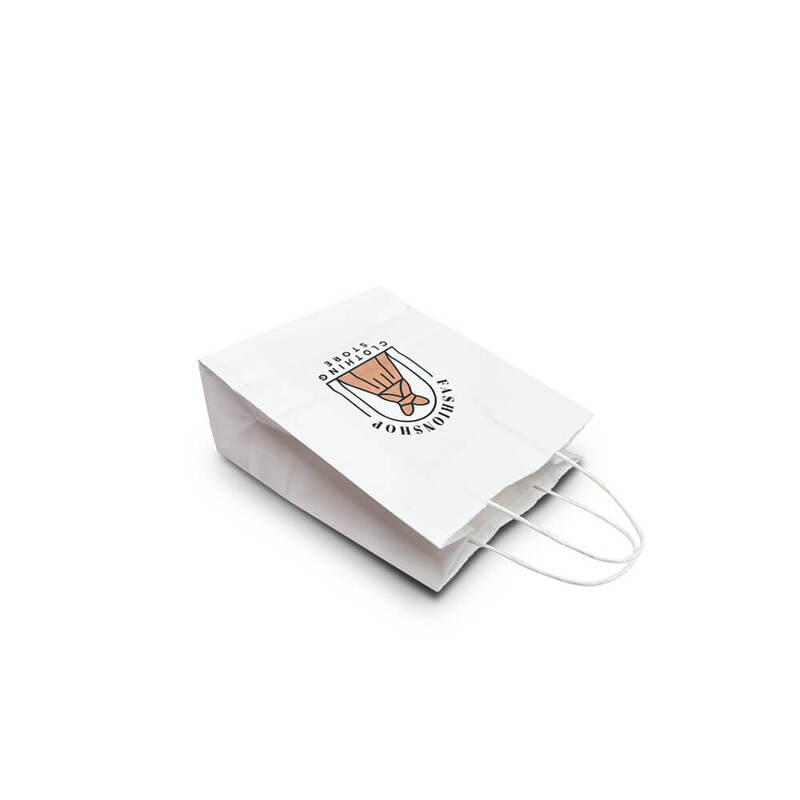The Delightful World of Noodle Boxes
Noodle boxes have become an emblem of modern food culture, blending convenience, creativity, and comfort in a single takeout container. While they may have originated from Asian cuisine, particularly Chinese, their appeal has crossed cultural boundaries, making them a popular choice in many parts of the world. This article explores the delightful world of noodle boxes, their history, versatility, and the cultural significance they hold today.
A Glimpse into History
The noodle box, also known as a Chinese takeout box, finds its roots in the traditional methods used in Asia for serving food. The design we recognize today—the paper box with a metal handle—was patented in the United States in the late 19th century. Originally intended for Eastern dishes like noodle soups and stir-fries, this container was designed to be both functional and practical, allowing for easy transport of hot food without the risk of spills.
As globalization progressed, noodle boxes began to evolve, accommodating a variety of culinary influences. Today, they no longer serve solely as vessels for Asian cuisine; they have embraced diverse flavors and dishes, showcasing the evolution of international dining in every corner of the globe.
Versatile Culinary Canvas
One of the most exciting aspects of noodle boxes is their versatility. They serve as a canvas for countless types of cuisine, from traditional Asian dishes to contemporary fusions. You might find classic chow mein or pad Thai nestled within, but it doesn’t stop there. Noodle boxes often showcase innovative combinations such as vegan noodles with a spicy peanut sauce, Italian pasta salad, or even dessert options like fried banana spring rolls with ice cream.
This adaptability makes noodle boxes a go-to option for a variety of eating occasions—whether it's a casual lunch at the office, street food festivals, or even weddings and parties where they provide a convenient way for guests to enjoy a diverse array of cuisines without the formality of traditional table settings
.noodle boxes

Environmental Considerations
As with many aspects of modern dining, environmental impacts have come into play regarding the use of noodle boxes. Traditionally made from paper or Styrofoam, there has been a significant shift towards eco-friendly options in recent years. Many food vendors and restaurants are now opting for biodegradable or compostable noodle boxes, aiming to reduce their environmental footprint. This is crucial in our current climate landscape, as consumers become more conscious of their choices and the impact they exert on the planet.
Sourcing sustainable materials not only caters to health-conscious individuals but also adds an appealing layer to the dining experience, allowing consumers to enjoy their meals with a clear conscience.
The Cultural Significance of Noodle Boxes
Beyond their practical uses, noodle boxes carry significant cultural weight. They reflect a shift towards inclusivity in food experiences, highlighting the importance of variety and fusion in dining. They also symbolize the way food transcends borders—bringing people together from different cultures to share a meal, even if it is served in a simple cardboard container.
During times of celebration or community gatherings, noodle boxes serve as a reminder of how food can create connections. Street festivals featuring noodle boxes may culminate in open-air celebrations, encouraging lively interactions among strangers—a perfect metaphor for how food, in its essence, fosters community and dialogue.
Conclusion
In a fast-paced world where convenience is king, noodle boxes have earned their rightful place in our culinary landscape. Their origins may lie in traditional Asian takeout, but their impact is universal—embracing a range of culinary delights, offering eco-friendly solutions, and promoting cross-cultural interactions. The next time you savor a meal from a noodle box, reflect on its journey from a simple packaging method to a symbol of modern globalization and cultural exchange. Whether enjoyed solo on a busy afternoon or shared among friends during a festive gathering, noodle boxes remind us of the joy of food and the connections it fosters in our lives.



